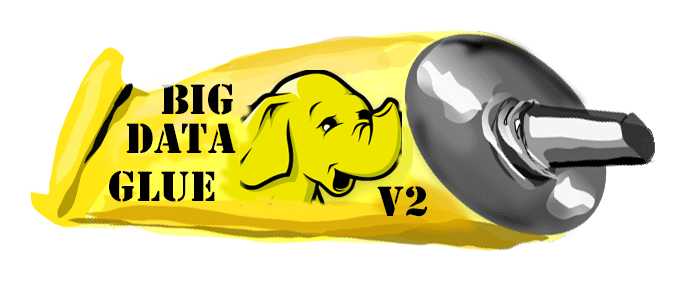The Delimited Text Encoder
The “delimited text encoder” is also just what it sounds like … it is designed to take the data that is passed in from the source and encode it into a data “delimited text” fashion.
Delimited text is the simplest and most straight forward way to transmit the data from BDGlue to a target. It is also likely the least useful. The column values are added to a buffer that will become the “body” of the data that is sent downstream by a publisher. Columns are added to the buffer in the order they are represented in the table metadata, with each column separated from the one preceding it in the buffer by a delimiter. By default, the delimiter is the default delimiter recognized by Hive, which is \001 (^A). That value can be overridden in the bdglue.properties file by specifying the bdglue.encoder.delimiter property.
Delimited text is fast and somewhat compact, but it contains no metadata regarding the structure of the data (i.e. the names of the columns). This requires downstream consumers of the data to know the structure when it comes time to make use of the data later. This could in theory be a challenge; particularly if the schema has evolved over time.
To tell BDGlue to make use of the Delimited Text Encoder, simply specify the encoder in the bdglue.properties file as follows:
bdglue.encoder.class = bdglue2.encoder.DelimitedTextEncoder
